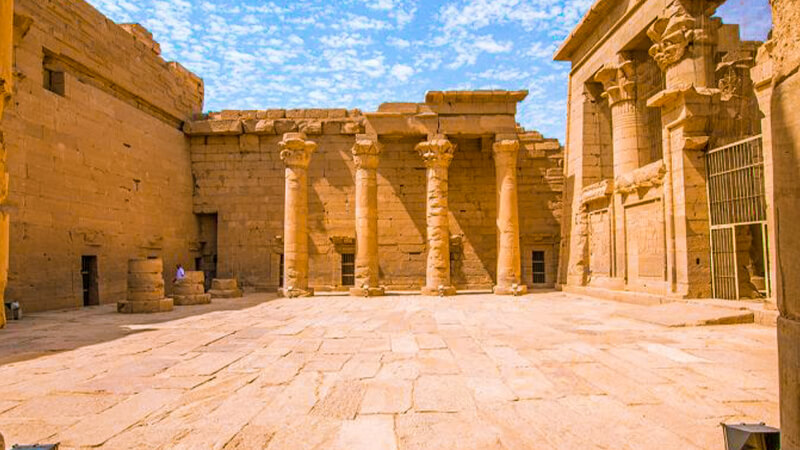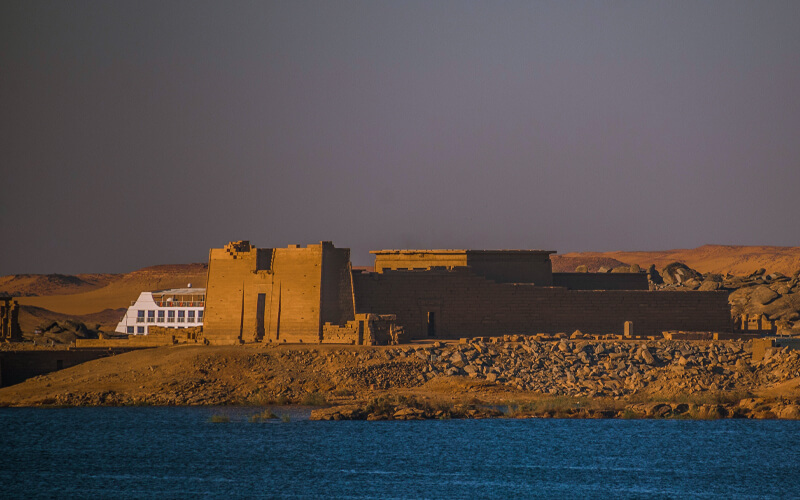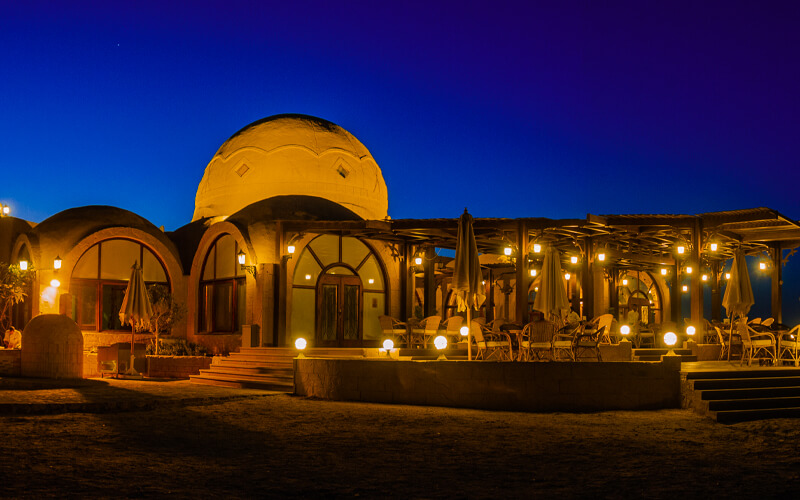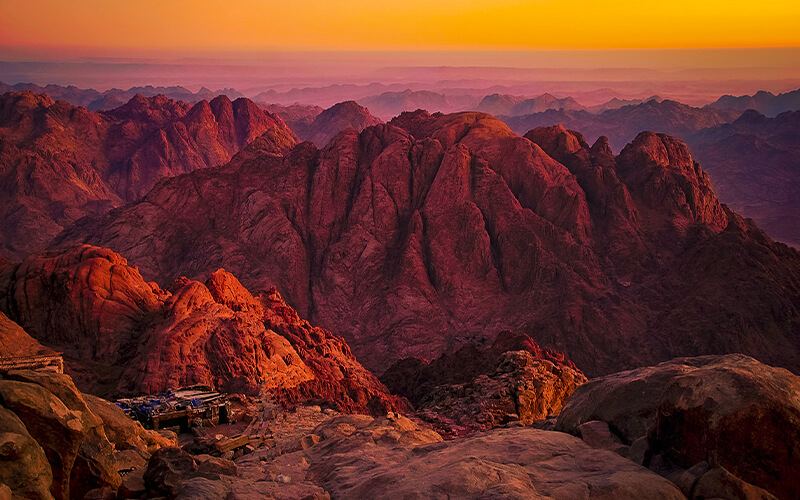Kalabsha Temple
The Kalabsha Temple is south of the city of Aswan and is based on a story from the past. It is thought to have come from the village of Kalabsha, about 57 km south of the Aswan Reservoir.
The island of Kalabsha is like an open-air museum. It is about 500 meters south of the High Dam and has four ancient temples from different times: Kalabsha, Beit al-Wali, Qirtasy, and Jurf Hussein. The island also has some Nubian rock carvings and paintings.
If you’re looking to spend a fantastic vacation in Egypt check out our Egypt Excursions with our qualified Egyptologist with the best Egypt travel guide in Egypt.
Top FAQ about Kalabsha Temple

Courtyard of Kalabsha Temple
When was the Temple of Kalabsha built?
It was built around the year 30 BCE
Who built the Temple of Kalabsha?
Built by Emperor Augustus.
Why does this name call the Kalabsha Temple?
It comes from the village of Kalabsha, about 57 km south of the Aswan reservoir. In ancient Egyptian texts, it was called “Tammus,” which became “Talmis” in Greek. This ancient temple was built during the reign of Emperor Augustus to honor the gods Mandulis, Osiris, and Isis. Its history goes back to the early Roman era.
Why was the Kalabsha Temple constructed?
The Temple of Mandulis often referred to as the Temple of Kalabsha, is an Egyptian temple from the Roman era constructed in tribute to Mandulis, an old Nubian sun deity. Around 30 BCE, Emperor Augustus likely built it on the site of an older temple from the New Kingdom of Egypt (c. 1570-1069 BCE).
Kalabsha Temple Facts:

Temple of Kalabsha gate
- Ancient Egyptian writings translated into Greek suggest that Kalabsha was a famous person in Egyptian history (Talmis). Inscriptions with the names of Thutmose III and Amenhotep II show that the oldest artifacts in the area are from the 18th dynasty.
- During Augustus’s rule, the most famous temple in the area was built, but when the High Dam was built, it was doomed to stay underwater forever. The German mission and the Egyptian Antiquities Registration Center needed a joint effort to save the temple. Since the sacred birthplace (Mamisi) was well-established in its current location, the Egyptian Antiquities Registration Center decided to make a copy of the structure.
- After the dam was finished, the German mission planned to take the temple apart and move the stones to a place with a higher elevation. Despite the rugged terrain, the German crew was able to restore the temple. It was located on a high plateau below the High Dam.
- The island is called Kalabsha Temple Island because its most important temple, the Kalabsha Temple, was moved there from its original location before it was flooded to make room for the High Dam. The old spot was flooded to make room for the dam.
- The temple was moved from its original location 55 kilometers south of Aswan so that the High Dam could be built there. This needed to be done so that the dam could be made. It is now on the western side of the Nile, with a view of Lake Nasser, and has been there for a long time.
- It was added to the list of World Heritage Sites in 1979, along with other Nubian temples. It is on UNESCO’s list of World Heritage Sites, along with the Philae Temple, the temples of Abu Simbel, and Egypt’s first Nubian temple, the Temple of Amada. Both of these fantastic places are in the south.
Describe the Kalabsha Temple

Kalabsha Temple in Aswan
The rock inscriptions from the village of Thomas were made between 5000 and 3000 B.C. and show animals like elephants and deer. The painting of King Seti I, found in Ibrim, was broken into four pieces and is now on display in an open museum on the south side of the Kalabsha temple.
The layout of the temple looks a lot like that of Egyptian temples built during the time of the modern state. The main entrance to the building is in the middle of the structure. The front courtyard leads to the hall of the masters (columns), and at the back of the aisle are two vestibules that lead to the holiest of holies. The area to the south of the temple is reached by a path that goes all the way around the temple. At the bottom of a round well is a hall that a set of steps can get into.
The Nuba believe in the following gods: (Mandulis, the temple’s main deity, Isis, Osiris, Amun, Shu, Horus, Khnum, and Ptah). It has been written in Greek, Demotic, and Coptic, as well as in the Christian language. The inscriptions show that this temple was the center of many religious activities.
The oldest one was written on the door to the Hall of Legends in 249 AD, and it talks about how the Roman ruler decided that pigs couldn’t be raised inside the boundaries of the temple sanctuary. The second one is from the sixth century A.D. and is about how the Nubian king Selko won a battle against the Blemmys tribe.
Check our article about How to choose the best Nile Cruise in Egypt and don’t miss to book one of the Egypt Nile Cruises with us and check our Egypt Vacation Packages.



